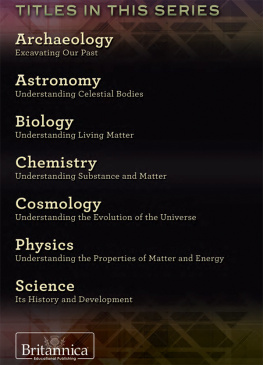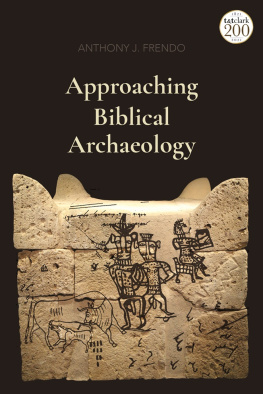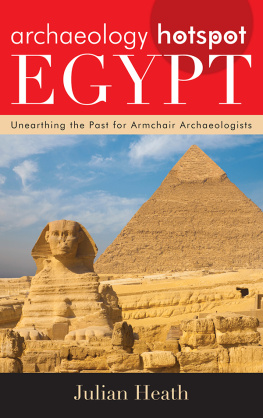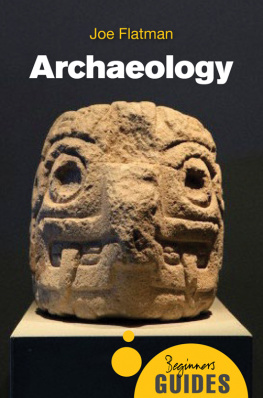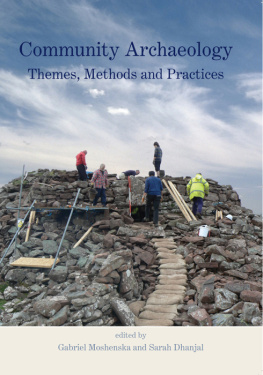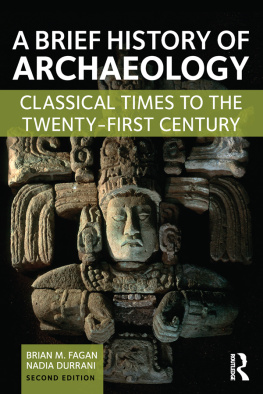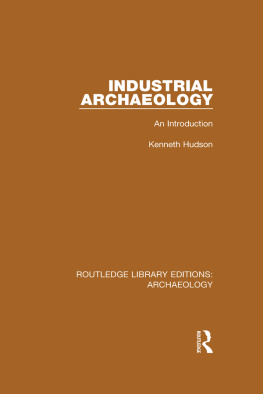Amara Thornton - Archaeologists in Print: Publishing for the People
Here you can read online Amara Thornton - Archaeologists in Print: Publishing for the People full text of the book (entire story) in english for free. Download pdf and epub, get meaning, cover and reviews about this ebook. year: 2018, publisher: UCL Press, genre: Home and family. Description of the work, (preface) as well as reviews are available. Best literature library LitArk.com created for fans of good reading and offers a wide selection of genres:
Romance novel
Science fiction
Adventure
Detective
Science
History
Home and family
Prose
Art
Politics
Computer
Non-fiction
Religion
Business
Children
Humor
Choose a favorite category and find really read worthwhile books. Enjoy immersion in the world of imagination, feel the emotions of the characters or learn something new for yourself, make an fascinating discovery.

- Book:Archaeologists in Print: Publishing for the People
- Author:
- Publisher:UCL Press
- Genre:
- Year:2018
- Rating:4 / 5
- Favourites:Add to favourites
- Your mark:
Archaeologists in Print: Publishing for the People: summary, description and annotation
We offer to read an annotation, description, summary or preface (depends on what the author of the book "Archaeologists in Print: Publishing for the People" wrote himself). If you haven't found the necessary information about the book — write in the comments, we will try to find it.
Archaeologists in Print is a history of popular publishing in archaeology in the nineteenth and twentieth centuries, a pivotal period of expansion and development in both archaeology and publishing. It examines how British archaeologists produced books and popular periodical articles for a non-scholarly audience, and explores the rise in archaeologists public visibility. Notably, it analyses womens experiences in archaeology alongside better known male contemporaries as shown in their books and archives. In the background of this narrative is the history of Britains imperial expansion and contraction, and the evolution of modern tourism in the Eastern Mediterranean and Middle East. Archaeologists exploited these factors to gain public and financial support and interest, and build and maintain a reading public for their work, supported by the seasonal nature of excavation and tourism. Reinforcing these publishing activities through personal appearances in the lecture hall, exhibition space and site tour, and in new media film, radio and television archaeologists shaped public understanding of archaeology. It was spadework, scripted.
The image of the archaeologist as adventurous explorer of foreign lands, part spy, part foreigner, eternally alluring, solidified during this period. That legacy continues, undimmed, today.
Praise for Archaeologists in Print
This beautifully written book will be valued by all kinds of readers: you dont need to be an archaeologist to enjoy the contents, which take you through different publishing histories of archaeological texts and the authors who wrote them. From the productive partnership of travel guide with archaeological interest, to the women who feature so often in the history of archaeological publishing, via closer analysis of the impact of John Murray, Macmillan and Co, and Penguin, this volume excavates layers of fascinating facts that reveal much of the wider culture of the late nineteenth and twentieth centuries. The prose is clear and the stories compulsive: Thornton brings to life a cast of people whose passion for their profession lives again in these pages.
Warning: the final chapter, on Archaeological Fictions, will fill your to-be-read list with stacks of new titles to investigate! This is a highly readable, accessible exploration into the dynamic relationships between academic authors, publishers, and readers. It is, in addition, an exemplar of how academic research can attract a wide general readership, as well as a more specialised one: a stellar combination of rigorous scholarship with lucid, pacy prose. Highly recommended!
Samantha Rayner, Director of UCL Centre for Publishing; Deputy Head of Department and Director of Studies, Department of Information Studies, UCL
Amara Thornton: author's other books
Who wrote Archaeologists in Print: Publishing for the People? Find out the surname, the name of the author of the book and a list of all author's works by series.

